Acid rain has not led to acidification of streams in the eastern United States
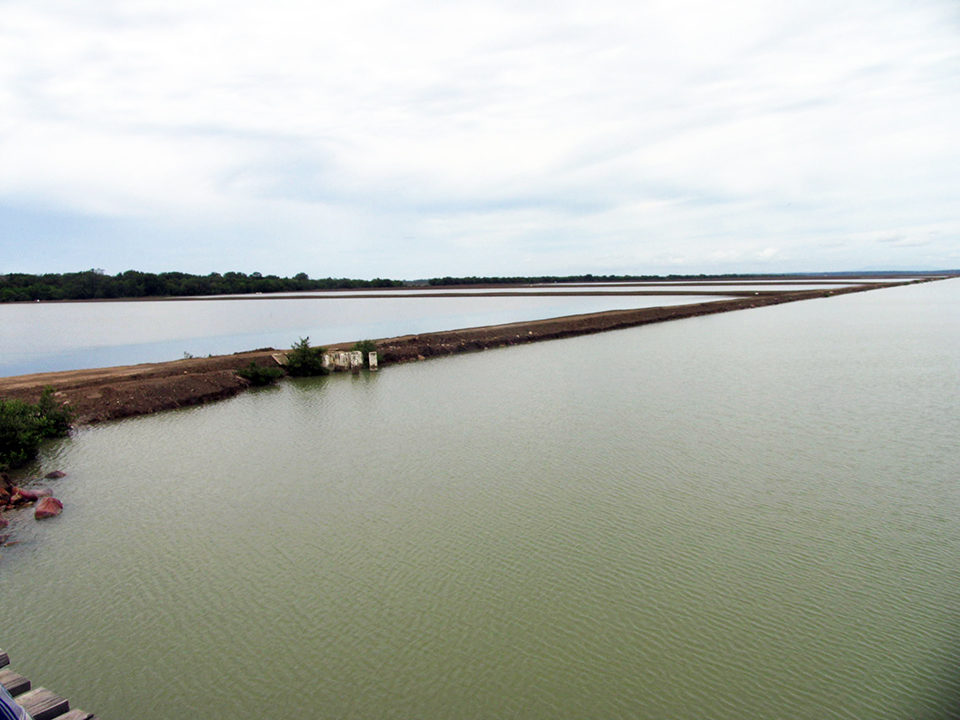
Acid-base relationships are important in aquaculture water quality, because they influence pH and concentrations of carbon dioxide and alkalinity. As a general rule, most types of aquaculture can be conducted best in waters that are slightly basic with pH of 7.5 to 8.5. In ponds, waters should have sufficient total alkalinity to buffer against pH change during periods of rapid phytoplankton photosynthesis.
Acidic rain
Since the mid-1970s, there has been concern over contamination of the atmosphere with sulfur dioxide and nitrogen oxides. Global emissions of sulfur dioxide by human activities increased from about 55 mmt in 1950 to over 120 mmt in 1975. Nitrous oxide emissions were less than those of sulfur dioxide during that period, but they increased at a similar rate.
In the atmosphere, sulfur dioxide and nitrogen oxides are oxidized to sulfuric acid and nitric acid, respectively, and reach the earth as dry fallout or precipitation – the acid rain phenomenon.
Because it is saturated with carbon dioxide, rainfall naturally is acidic with a pH of around 5.6. In and around heavily populated and highly industrialized areas, rainfall can have an average pH between 4.0 and 4.5, and rainwater from individual storms can be even more acidic.
In areas with highly leached, acidic soils and low-alkalinity surface waters, acidic rain can lessen alkalinity and lower pH. Declines in pH of one to two units have been observed in some lakes in the eastern United States and Canada, and adverse effects on fish health, reproduction, survival and growth have been noted.
Effects in aquaculture
There has not been much concern about the effects of acidic rain in pond aquaculture. In areas where surface waters are susceptible to acidification by acid rain, the application of agricultural limestone traditionally has been used to increase total alkalinity. This treatment buffers water against the impacts of acid rain.
Trout hatcheries and farms supplied by stream water can be impacted by acid rain. Following heavy rainfall, the pH of water in some streams of the eastern U.S. can drop drastically. At some trout farms, inflow must be treated after heavy rains with lime to avoid the negative effects of low pH on fish. Acid rain is not considered a threat to the ocean, because ocean water is well buffered.
News media coverage of acid rain subsided in recent years. Although this was partly because implementation of air pollution control measures lessened the total quantities of sulfur and nitrogen oxides emitted, it was mainly because attention shifted to the possible effects of increasing emissions of carbon dioxide and other greenhouse gas into the atmosphere on the world’s climate. Of course, with the emergence of China and India as major industrialized nations with improving economies during the past two decades, emissions of sulfur and nitrogen oxides are again on the increase.
Greenhouse gases
There is no doubt that human activities have increased atmospheric concentrations of greenhouse gases. Atmospheric carbon dioxide concentration was around 280 ppm at the beginning of the industrial revolution in the mid-1700s. The average annual atmospheric carbon dioxide concentration measured at the reference station in Hawaii, USA, increased from 316 ppm in 1959 to 396 ppm in 2013. During the first 200 years of the industrialized era, the carbon dioxide concentration in the atmosphere increased by 36 ppm – it rose 80 ppm in the past 50 years.
The possible effects of increases in carbon dioxide and other greenhouse gases on global climate change and sea level are highly publicized and politicized. Although we hear less about ocean acidification, it is definitely occurring.
Because of a higher carbon dioxide concentration in the atmosphere, the amount of carbon dioxide that will dissolve in surface water has increased. Solubility tables for carbon dioxide in water used for many years were based on an atmospheric carbon dioxide concentration of 320 ppm. The saturation concentration of carbon dioxide at 20 degrees C formerly was given as 0.537 mg/L for freshwater and 0.457 mg/L for normal seawater. The corresponding concentrations for present-day atmospheric carbon dioxide levels are 0.653 mg/L and 0.555 mg/L, respectively.
Carbon dioxide is acidic in water, and raising its concentration decreases pH. The pH of the ocean declined from about 8.12 in the late 1980s to 8.09 in 2008. This decline is expected to continue as atmospheric carbon dioxide rises.
A decrease in ocean pH will increase the solubility of calcium carbonate minerals such as aragonite and calcite, which comprise the shells of many marine organisms. There already are reports of thinning of shells that could eventually threaten their existence and the biodiversity of the ocean. Of course, molluscan shellfish aquaculture will be negatively affected by ocean acidification along with wild organisms.
Pollution predictions
It is interesting how some predictions about pollution do not work out as anticipated by many scientists and environmentalists. The acid rain phenomenon is a good example.
Acid rain has not led to acidification of streams in the eastern U.S as predicted. In fact, recent scientific papers report that many streams in the area are increasing in pH, and the alkalinity of some rivers has doubled since the 1960s. The reason given is increased weathering of soils and mineral formations by acidic rain, especially in areas with limestone formations. However, this explanation does not make sense, because the input of acidity in rainfall should neutralize alkalinity.
Possibly the cause is increased weathering of carbonate and silicate minerals by the greater carbon dioxide concentration. For example, the equilibrium concentration for total alkalinity in a container of pure water containing solid calcium carbonate and open to the atmosphere has been reported as 55 mg/L at 320 ppm atmospheric carbon dioxide. The equilibrium alkalinity should increase to about 70 mg/L at present atmospheric carbon dioxide concentrations – an increase similar to that observed in some streams.
The author has worked for many years with ponds on the E. W. Shell Fisheries Center at Auburn University that are filled by water from a small stream draining a catchment with acidic soils of the Piedmont Plateau. In the early 1970s, the stream consistently had a total alkalinity of 14-18 mg/L. Today, the stream has an alkalinity of 25-35 mg/L. As there are no limestone formations on the catchment of the stream, the source of increased alkalinity apparently is weathering of silicate minerals.
Reports about alkalization of streams in the eastern United States and elsewhere consider it an undesirable phenomenon. Increasing alkalinity usually would not be detrimental to aquaculture. For example, at the E. W. Shell Fisheries Station, ponds traditionally have required limestone applications at one- to three-year intervals to maintain acceptable alkalinity. The increase in alkalinity in the source water from the stream lessens the need for limestone.
(Editor’s Note: This article was originally published in the September/October 2014 print edition of the Global Aquaculture Advocate.)
Now that you've reached the end of the article ...
… please consider supporting GSA’s mission to advance responsible seafood practices through education, advocacy and third-party assurances. The Advocate aims to document the evolution of responsible seafood practices and share the expansive knowledge of our vast network of contributors.
By becoming a Global Seafood Alliance member, you’re ensuring that all of the pre-competitive work we do through member benefits, resources and events can continue. Individual membership costs just $50 a year.
Not a GSA member? Join us.
Author
-

Claude E. Boyd, Ph.D.
School of Fisheries, Aquaculture
and Aquatic Sciences
Auburn University
Alabama 36830 USA[117,100,101,46,110,114,117,98,117,97,64,49,101,99,100,121,111,98]
Tagged With
Related Posts
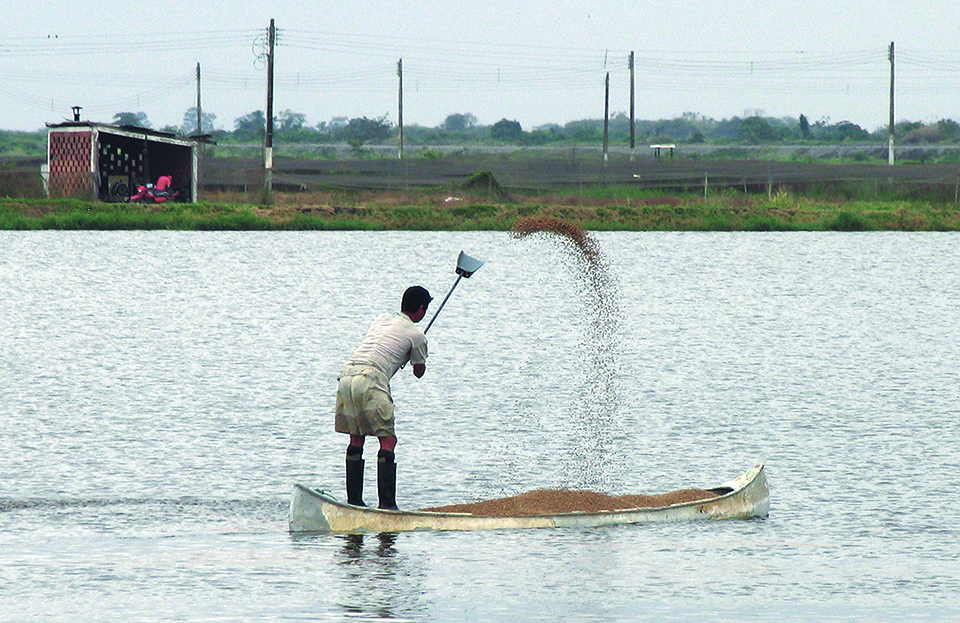
Aquafeeds
Aquaculture feed composition helps define potential for water pollution
A study found that feed for salmon and trout had higher organic carbon concentrations than did catfish, shrimp and tilapia feeds. Nitrogen and phosphorus concentrations were similar among salmon, trout and shrimp feeds, and higher than those in catfish and tilapia feeds.
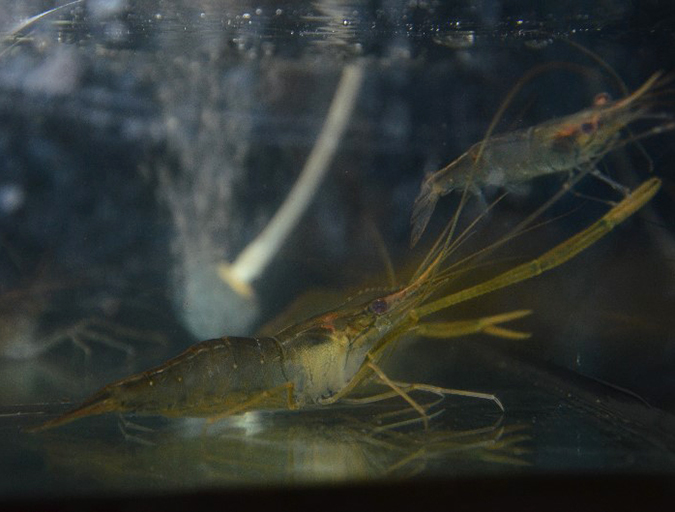
Health & Welfare
Determining safe levels of ammonia and nitrite for shrimp culture
A study aimed to determine safe levels of ammonia and nitrite to various life stages of the Amazon river prawn, based on the hypothesis that the early stages of development of M. amazonicum are more sensitive to ammonia and nitrite than later stages. The monitoring of this variable is important to avoid losses, mainly in larviculture and recirculation.
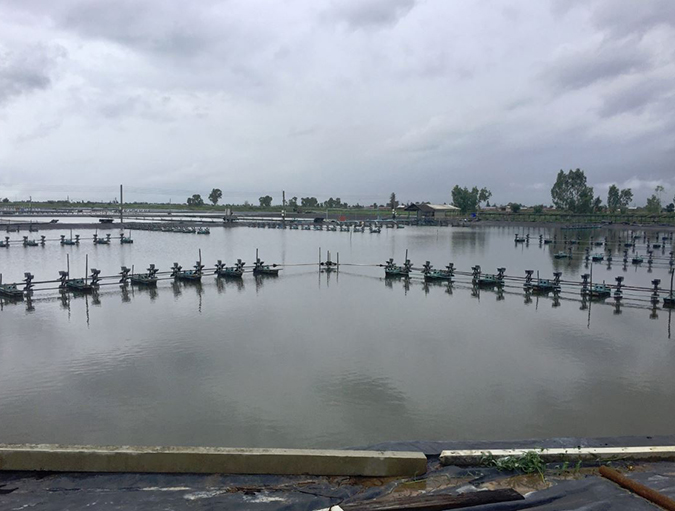
Health & Welfare
Aquamimicry: A revolutionary concept for shrimp farming
Aquamimicry simulates natural, estuarine production conditions by creating zooplankton blooms as supplemental nutrition to the cultured shrimp, and beneficial bacteria to maintain water quality. Better-quality shrimp can be produced at lower cost and in a more sustainable manner.
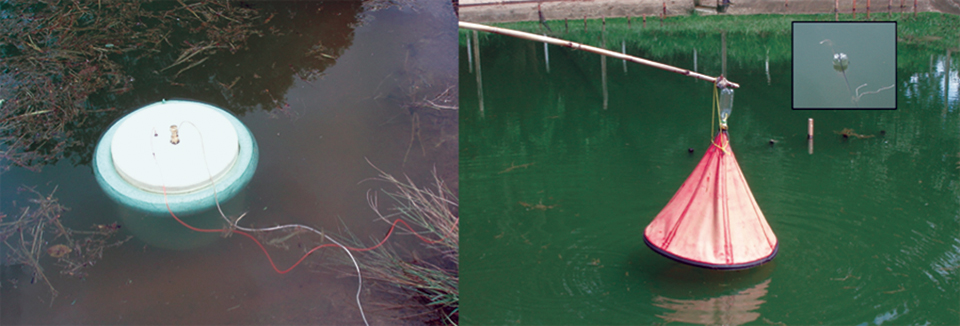
Responsibility
Greenhouse gas emissions from aquaculture
To quantify the carbon dioxide and methane fluxes in tropical earthen ponds, the authors used freshwater prawn farming managed according to different strategies as a model.


